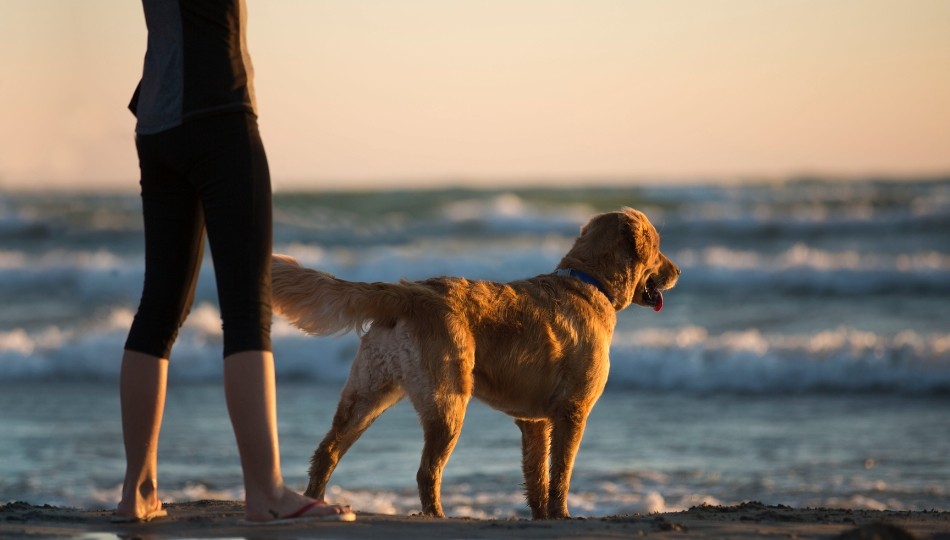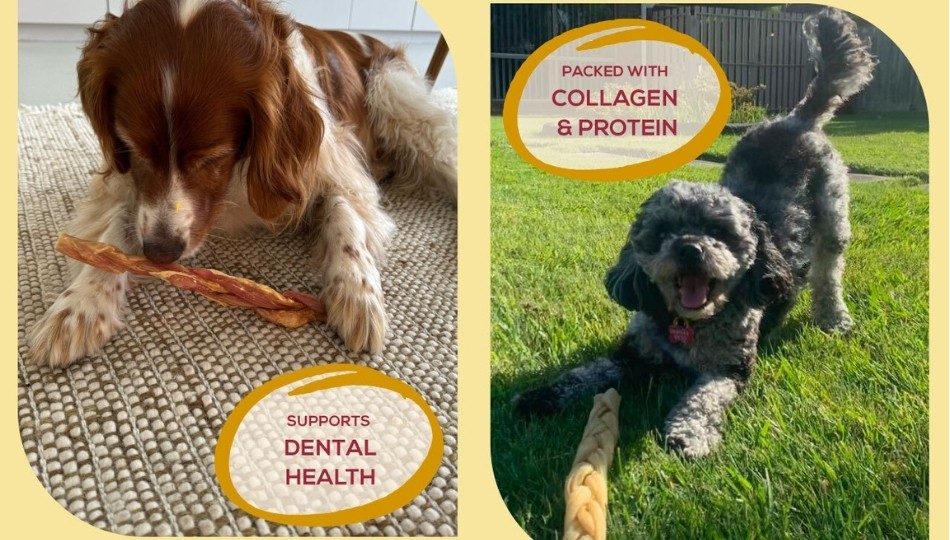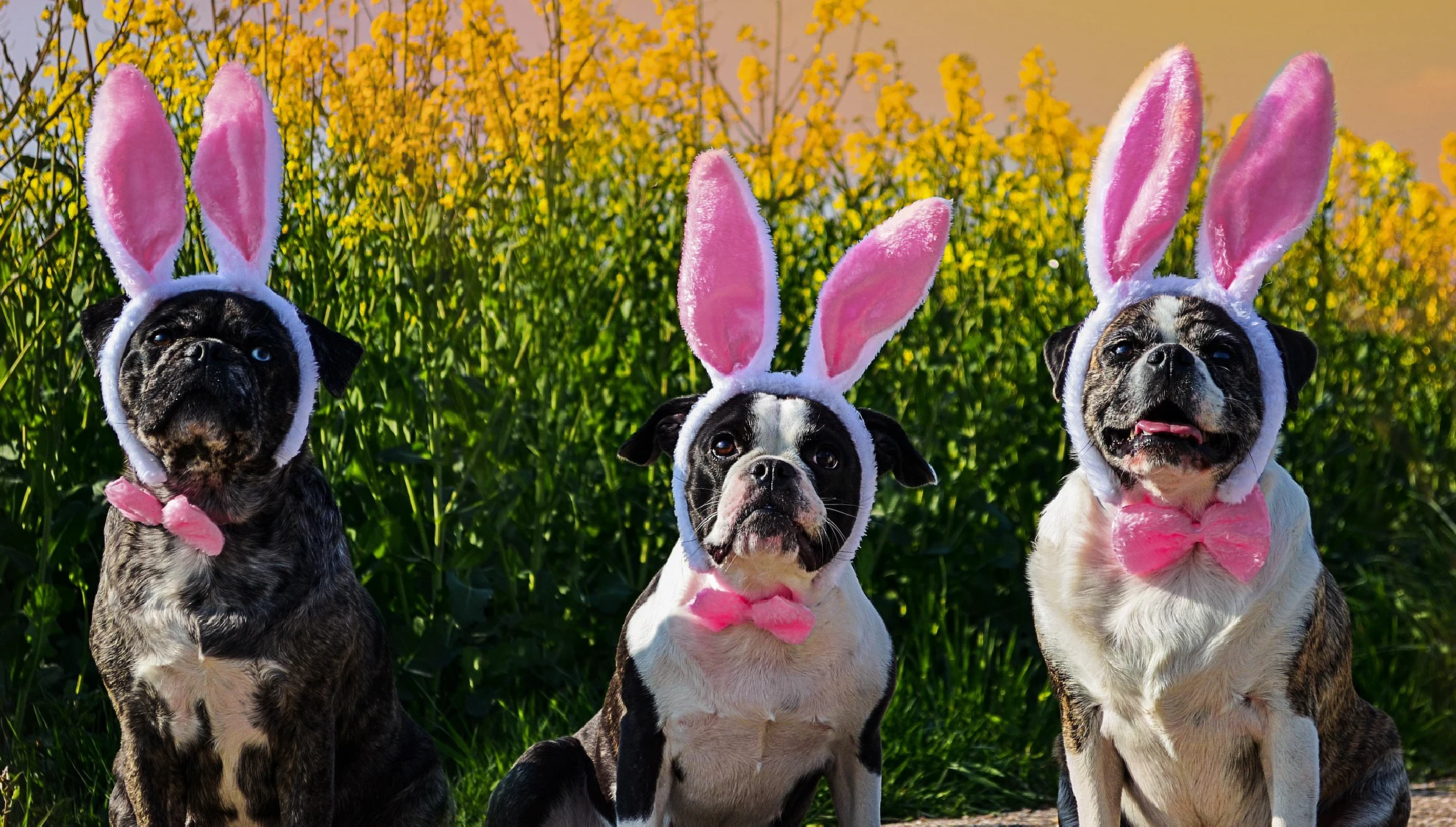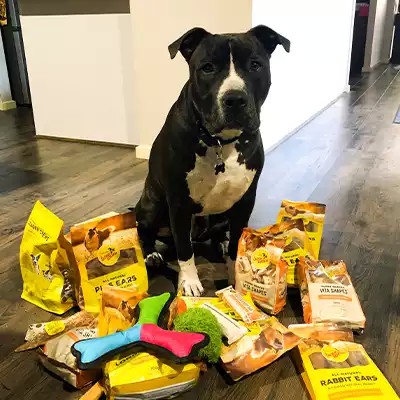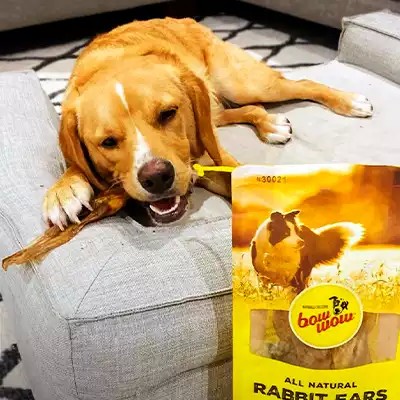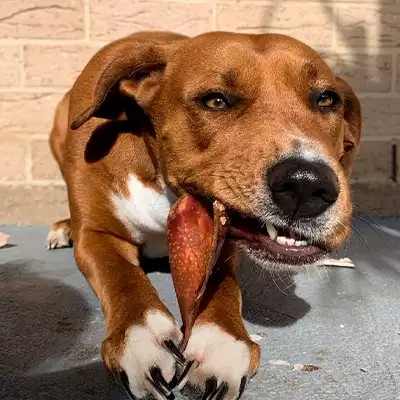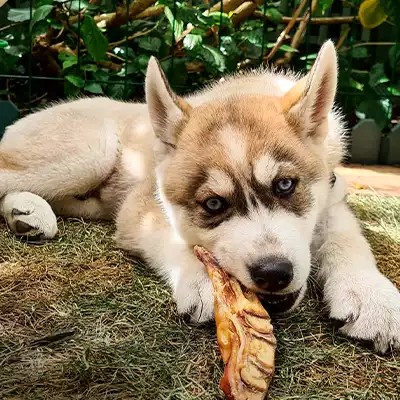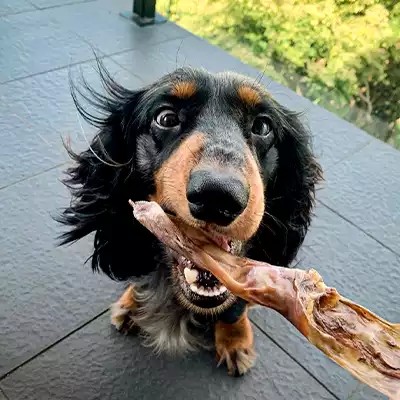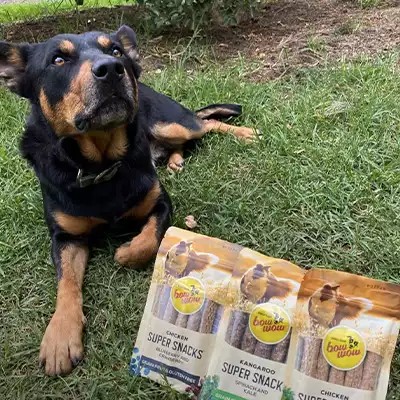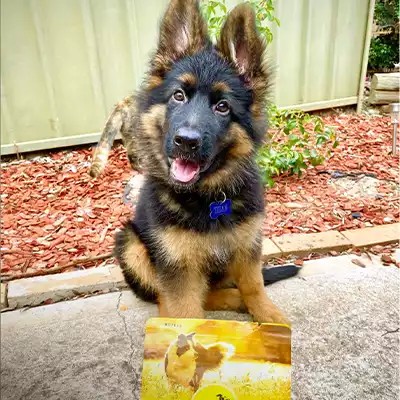News >
5 Training Tips for Your New Puppy
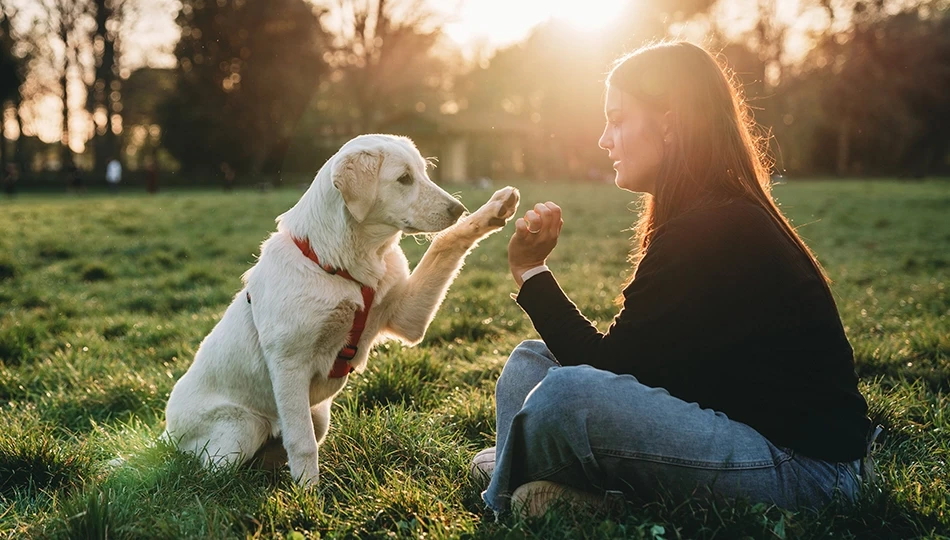
There’s little more exciting than welcoming an adorable new family member into the fold, and a young puppy is just about as cute as it gets. You’re certainly going to be busy playing and cuddling with and doting on your new pup, but you should also take time to work on some early training.
The year you have before your dog's first birthday is incredibly formative to how well behaved - and receptive they are to training, so it’s essential to set them on the right path. Bad habits like biting, chewing, and jumping up can slide under the radar when it’s cute and harmless, but they can stick around if you don’t teach your puppy how to behave.
As your newest family member, it’s also vital that they’re comfortable with the whole family, including your children and other pets. A little TLC will usually warm your puppy up to just about anyone, but we have some tips to make that process as smooth as possible.
So, before bringing your future pup to their new home, check out our five handy tips for a silky smooth transition.
1. Start socialising as soon as possible
What you expose your puppy to, when they are so vulnerable, is a delicate balancing act! On one hand, it’s important that they are
socialised at a young age, or they might miss out on those natural doggy skills like sniffing butts and playing gently. But conversely, some
situations are really stressful for a young dog, like loud boisterous children or aggressive animals. Bad experiences for your pup can have
lasting effects that can cause large issues down the track.
For your new pup, it’s important to ease them into social situations so that they learn to meet new faces. If you have a friend with a
gentle dog, organise a playdate, and when they’re comfortable with that, take them to a quiet park. The key is to work them up to more and
more hectic situations to acclimate them, so that they don’t feel stressed out by the unknown.
2. Emphasise their name and introduce a few simple commands
Your puppy’s name should be the most recognisable sound to them at the beginning of their training - it means, “hey, look over here, I want to tell you something”. It’s a good idea to stick to a single name, and avoid generic nicknames like pup, doggo, or fido; they can get confusing! Say their name often, especially when you’re trying to grab their attention, and reward them with treats and affection when they respond - it’ll make any kind of training you try later much easier.
It’s also a good idea to familiarise them with a few commands too; sit, come, stay, and dinner are a great place to start. Just be careful
to take it slow and avoid overloading them with information. Your puppy will get better at recognising commands as they grow, but it helps
to put in a little groundwork early on.
3. Ease them into your spaces and schedules
The world is a massive place to a little puppy, and you’re going to be a huge anchor for them to focus on, so it’s really important to slowly introduce new spaces and situations. It’s often recommended to limit the exploration of your home gradually, initially restricting them to a single room for solo time and chaperoning them in less familiar locations.
Likewise, teach them to be comfortable with you out of the room. Remember that you’re likely to be the most consistent element in their
life for their formative years, so it will take intentional training for them to be comfortable without you there. Start small by leaving
the room for a few minutes before returning with a treat and a bit of praise. From there you can build up the time they’re alone until
they’re eventually comfortable at home while you’re at work.
4. Familiarise them with some simple handling
Over the course of your dog’s life with your family, a lot of situations are going to arise where you have to touch or restrain them in uncomfortable ways. Nails need trimming, teeth will need inspecting, vets need visiting, and some dogs can find that a little disagreeable!
While they’re still a pup, you have an opportunity to normalise touching their paws or face, so that they don’t find it odd when they’re
older. Similarly, train them to be comfortable in a crate, in the car, and sitting still while people ruffle their feathers a little, but
once again, work them up to it with treats and affection.
5. Establish the boundaries and no-no’s
There are plenty of reasons why a puppy will act in a way that you would think is naughty, but is actually just instinct. New puppy teeth are sharp and uncomfortable, so they want to chew on something firm. Just the same as their claws, which need sharpening, holes need digging, and they’re just so dang excited that they want to jump up into your arms.
All of these behaviours are cute and funny as puppies, but can be destructive or dangerous when they’re fully grown. But they’re also very natural, and rarely intentionally naughty. Simple training early on is the answer to prevent bad behaviour when they’re grown, but remember to be kind and advocate for their success. Reward the right actions rather than punishing the wrong and your puppy will learn the way of things.
It’s the same story for toilet time, meal time, socialising, sleeping, and play. Put in the effort to reinforce the right thing, so that
bad habits never form.
Find the right treats for your new puppy
Puppies love treats just as much (maybe even more!) than full grown dogs, but you shouldn’t let them enjoy a snack unsupervised. Stick to smaller treats like Bully Sticks or snap up a Super Snacks Stick into bite sized pieces that your puppy won’t struggle to enjoy.
Most importantly of all, remember to spend plenty of time with them early on, and don’t forget to shower them with love - they’ll pay it
back with extra interest down the track!
